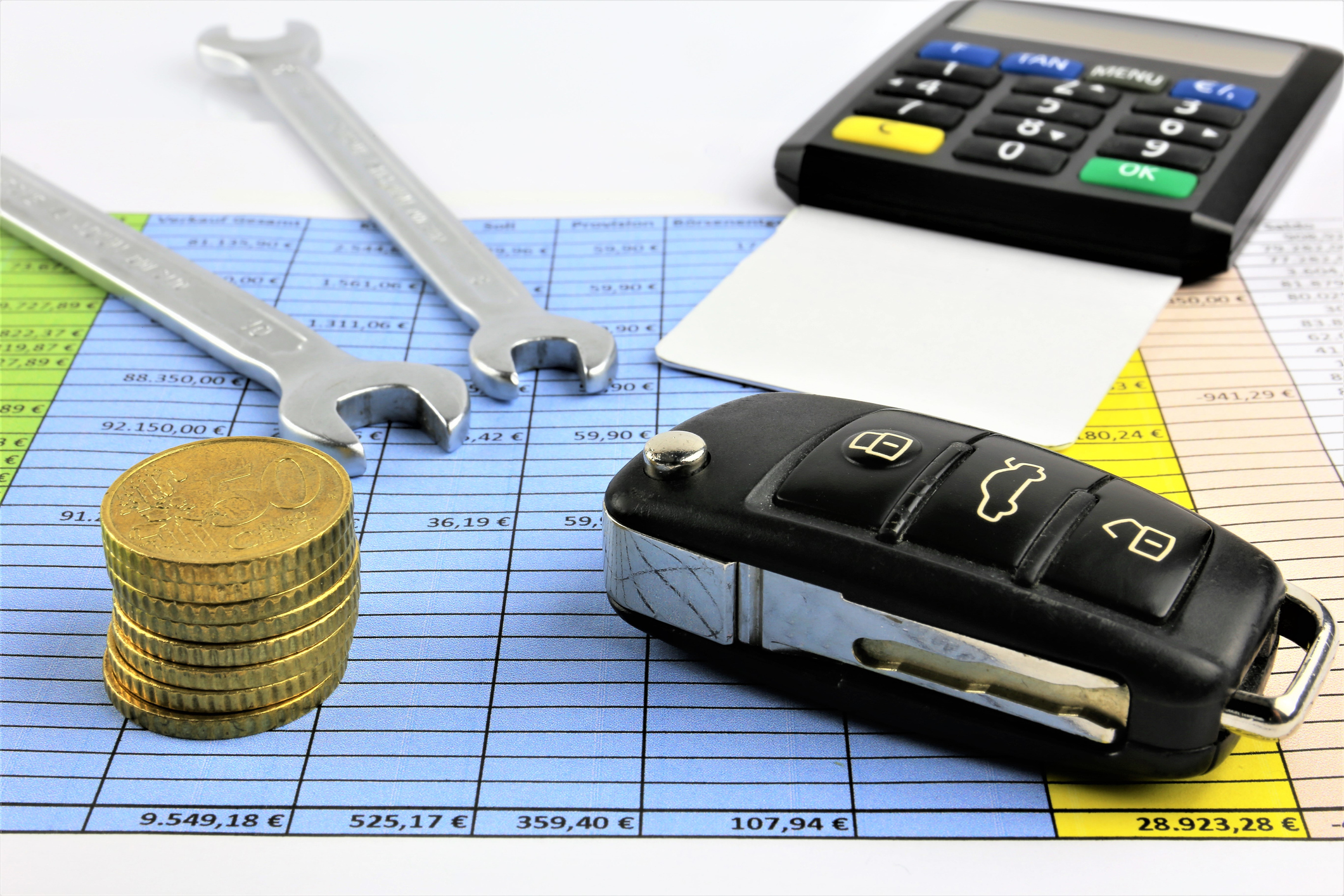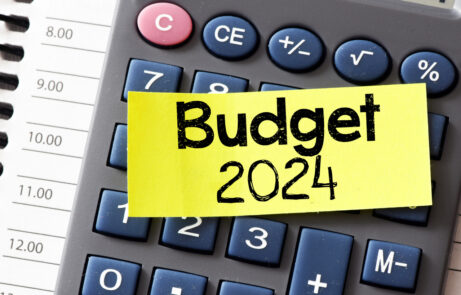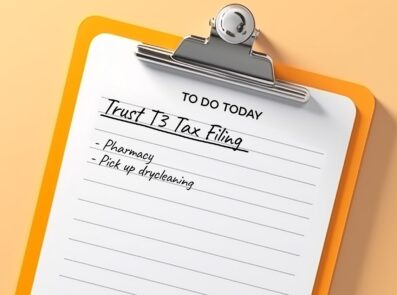Vehicle expenses. It is one simple line on a tax return, but it can cause all sorts of problems if CRA decides to take a closer look. Recently, we have noticed CRA specifically targeting their reviews on car expenses claimed by an owner of an incorporated business. Self-employed individuals are not allowed to deduct the CRA prescribed car allowances per KM; this approach is only available company’s reimbursing car expenses to shareholders or employees of that company.
Using your own vehicle
If a business owner personally owns the car, they may only claim the kilometres driven for business purposes. These trips need to be logged and the owner can be reimbursed based on a prescribed rate per kilometre driven. The prescribed rate for 2024 is 70 cents per kilometre for the first 5,000 kilometres driven, and 64 cents per kilometre for each additional kilometre.
When claiming reimbursement of vehicle expenses based on kilometres driven, you are not permitted to claim any other car expenses such as gas, insurance or maintenance and repairs. The prescribed rate per kilometre driven factors all of these costs necessary to operate your vehicle.
Your travel log must contain details of each trip, such as the date, the destination or distance travelled and the business purpose. Driving from home to the office (or your regular place of employment) is considered personal-use and cannot be claimed as a business expense.
Using a company car
If your company owns or leases the car, then the paperwork and expenses that can be claimed get more complicated. If the company is claiming any actual vehicle expenses, it is required to maintain and produce documentation for all car expenses including gas receipts, lease payments (if applicable), maintenance and repair invoices, registration and insurance for CRA, if requested.
If 90% or more of the car’s use is for business purposes, then CRA will allow all the costs of the car to be claimed as a business expense. Proving such a high level of use will require a detailed record of all kilometres driven, including the odometer reading at the start and end of the year, and details for every business-related trip made. During non-business hours, CRA has taken the position that the company car should be parked at the company’s premises and not at an individual’s home.
If the company owns the car but less than 10% of its use is for business purposes, then CRA will not allow any of the costs of the car to be claimed as a business expense.
For most business owners, the use of a company car will be somewhere in-between 10% and 90%. In those circumstances, the detailed records will need to be maintained to justify whatever kilometre is being claimed for business purposes. If the company car is only used by one individual, the portion of its use not used for business is viewed as personal, which can result in a taxable benefit (standby charge and operating benefit) for that individual.
A common mistake made by some business owners is to purchase or lease a luxury vehicle through their company and to claim it as a business expense. CRA may not view these costs as a reasonable expense for the business. There are also limitations to what can be deducted for purchased or leased vehicles.
Another common error is to mix the ownership and registration of the vehicle. We have seen situations when the vehicle is registered by an individual shareholder, but payments are made by the company. If you are leasing or buying a vehicle through the company, be sure all accompanying registrations and insurance are put through the company as well.
If CRA decides to look into your vehicle expense claim, you will only have 30 days to produce all the requested documentation. It includes copies of all receipts for vehicle expenses, odometer readings and your detailed travel log. Credit card receipts or statements are not accepted documentation.
For most business owners, often the simplest approach to claiming vehicle expenses is to purchase or lease the car personally and to claim the prescribed cost per kilometer. While a record of trips is still needed, it will reduce the need to track all expenses and odometer readings in order to calculate the percentage-use of the car for business purposes.
If you have questions about claiming vehicle expenses, please get in touch. We’d be pleased to assist.







